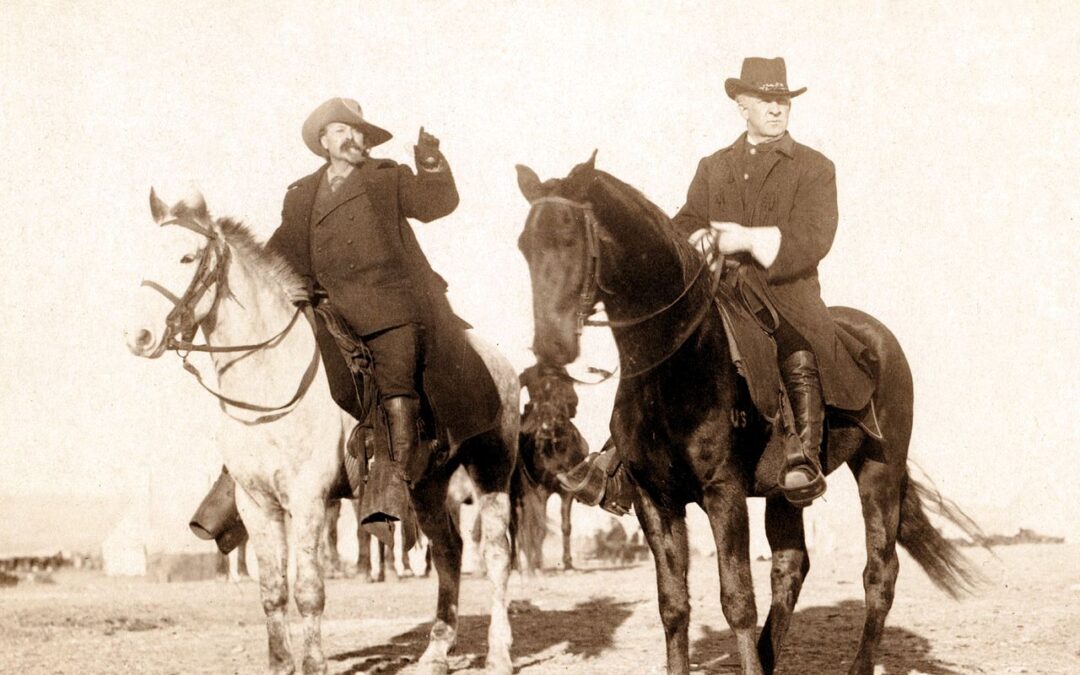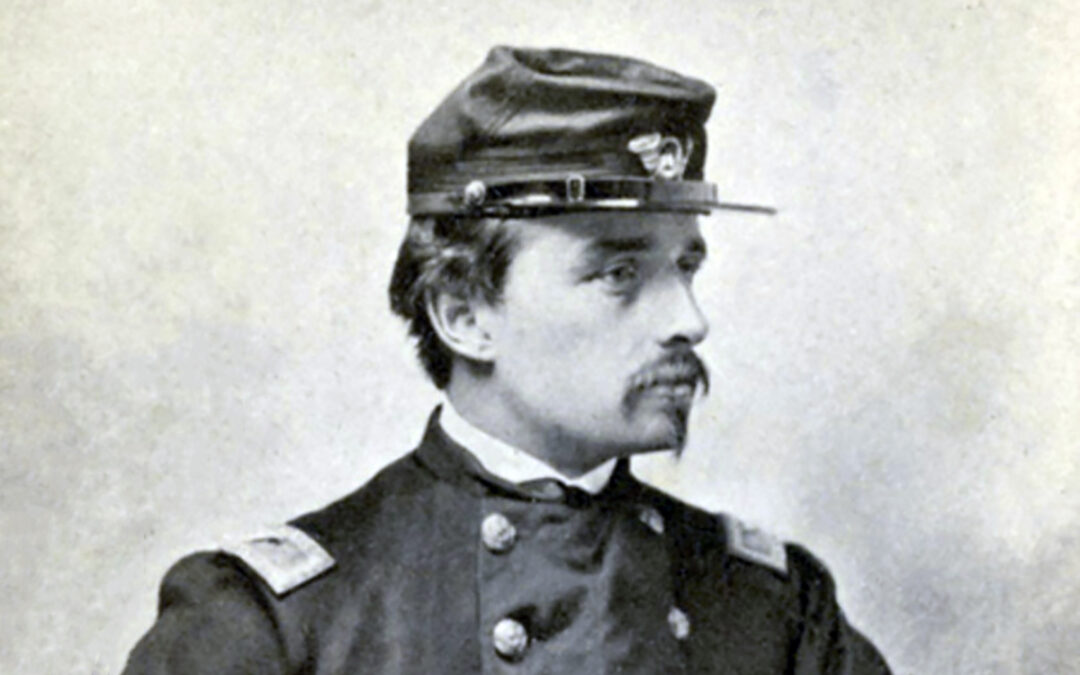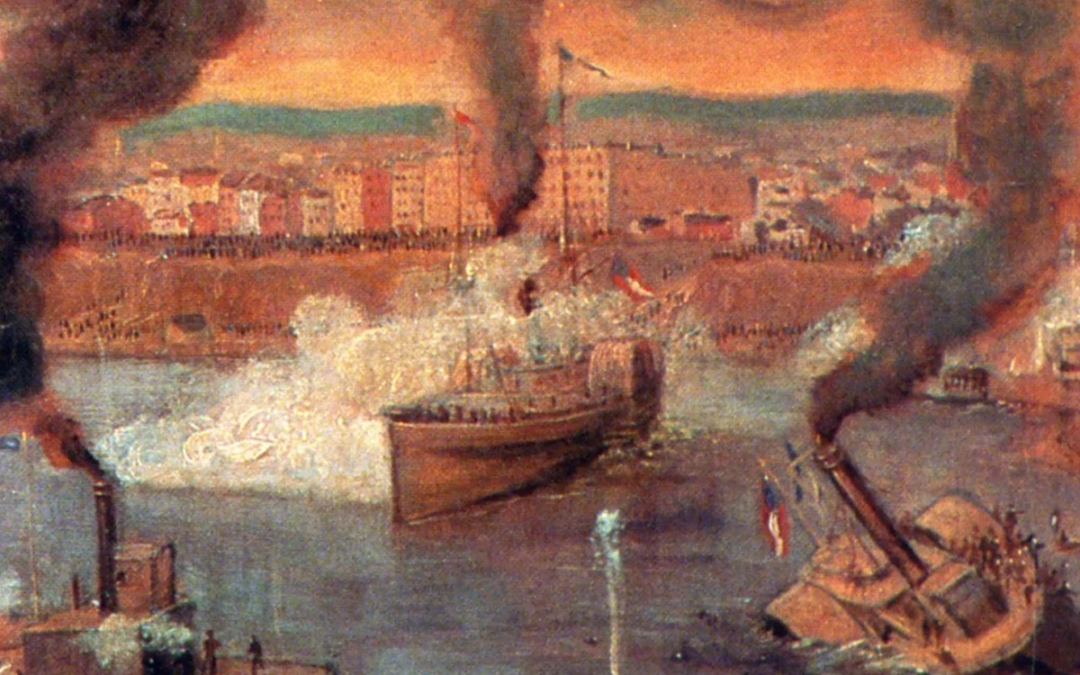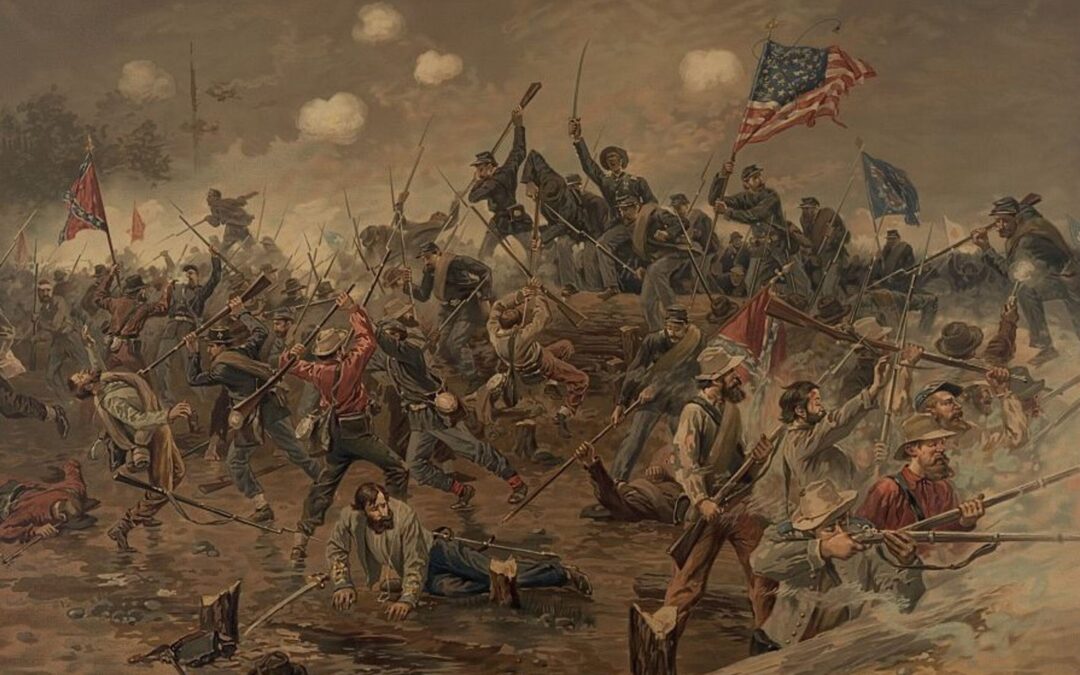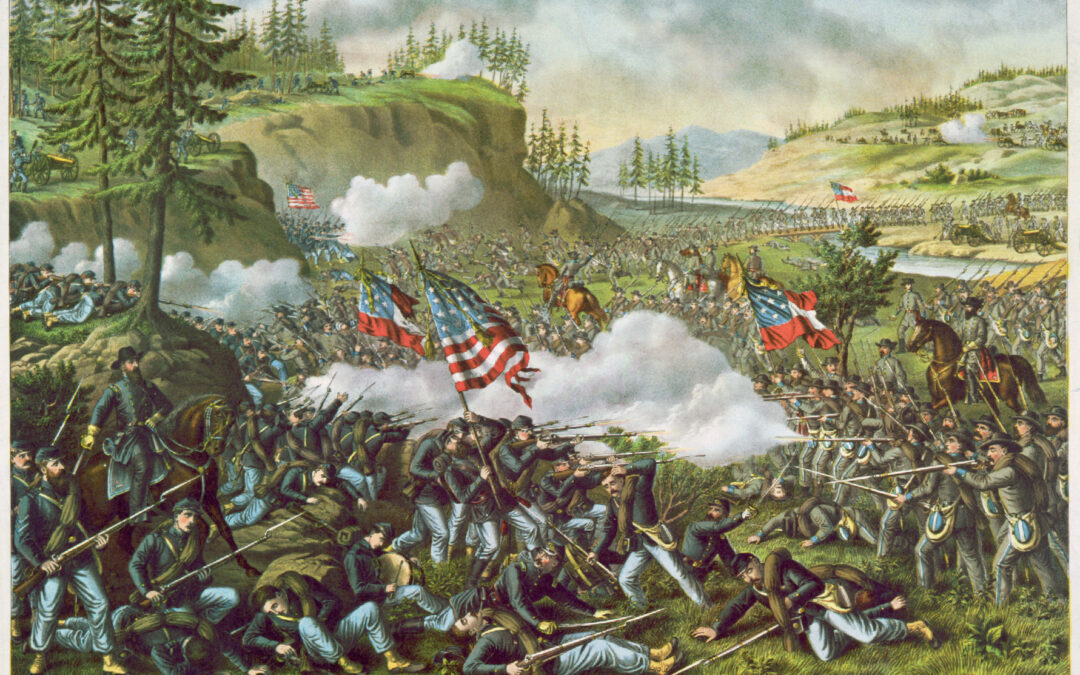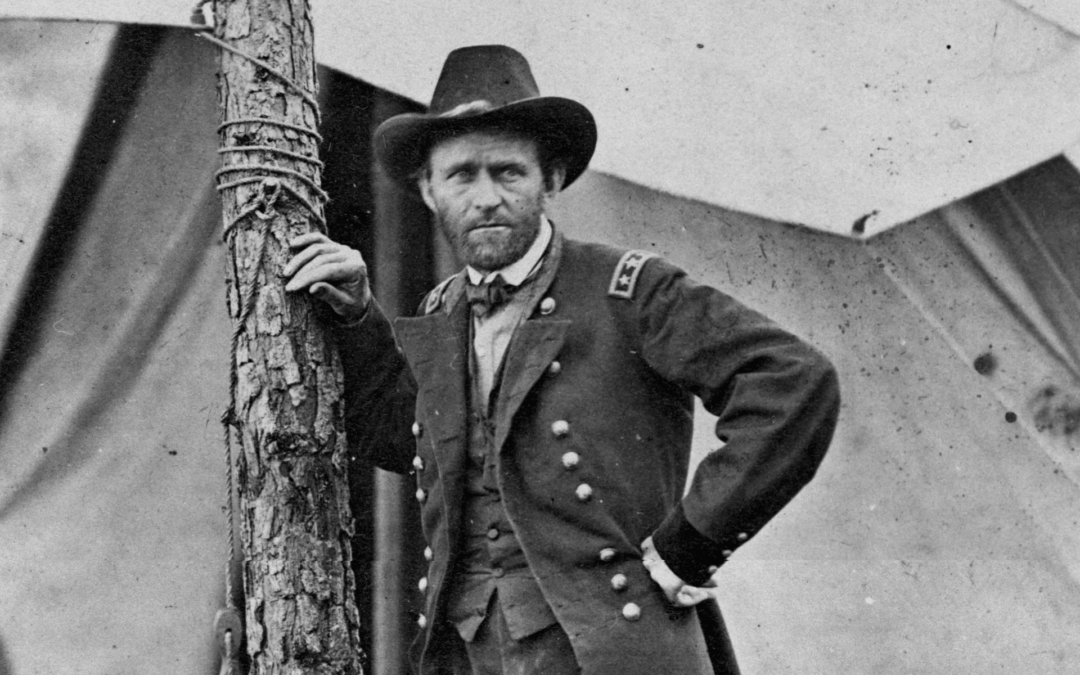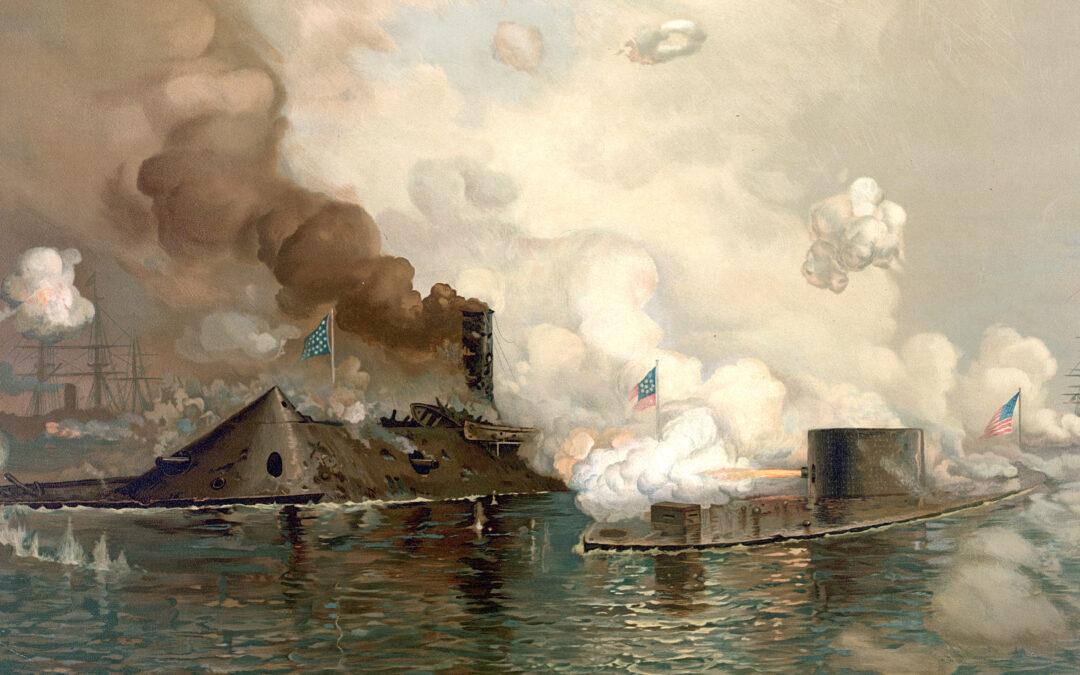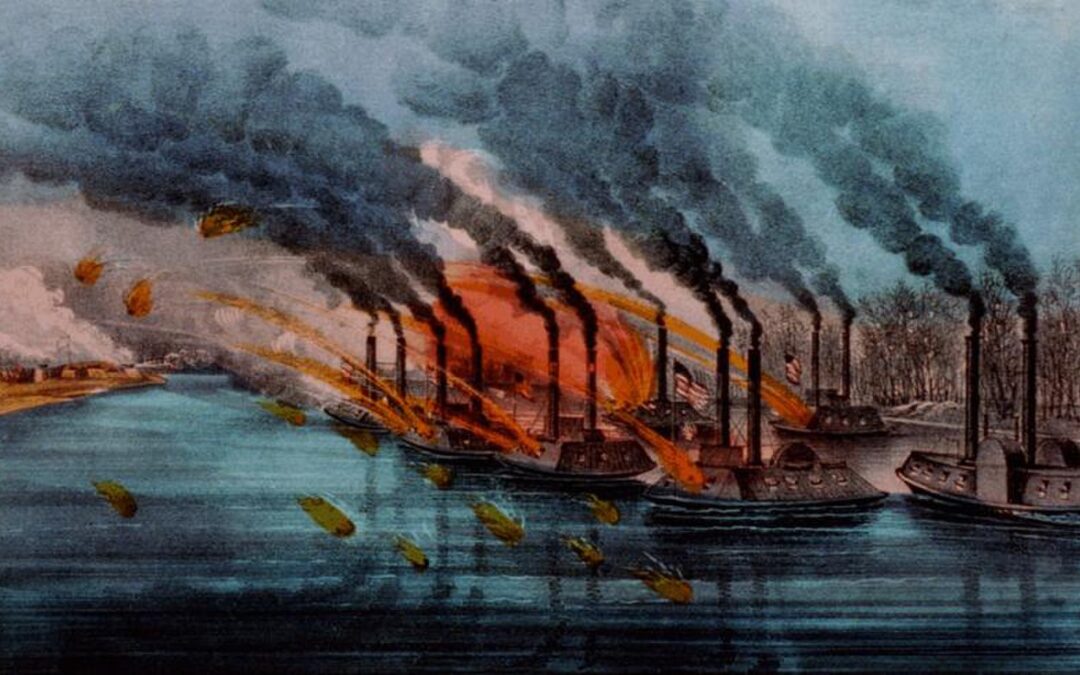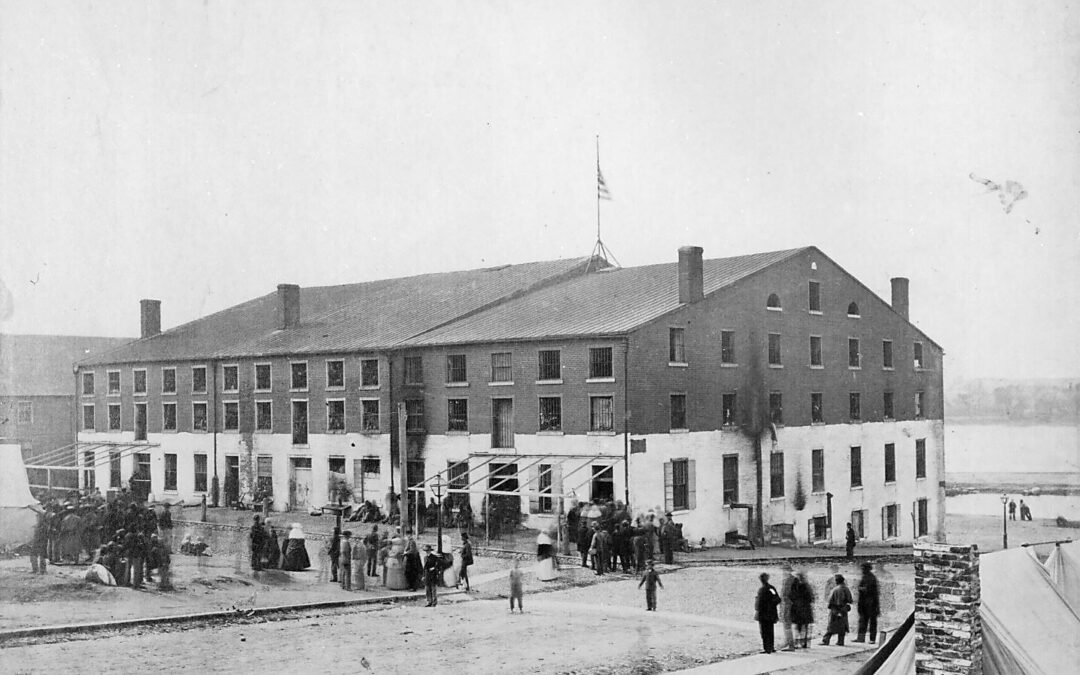Receiving the Medal of Honor for valor in combat puts one in the hallowed company of but a few thousand individuals to ever grace the earth. But by the time you earn two Medals of Honor, you are one of 19 persons to have ever done so. Perhaps it is because the Medal of Honor is quite often awarded posthumously but receiving two and living to talk about it is a rare feat in the world. Frank Baldwin would do just that in the 1800s and live to become a General by World War 1. His first would come during the American Civil War in an era where men lined up in neat rows and took turns shooting at each other. The next would be on the American frontier as the rapidly expanding America put itself in increasing conflict with the Native Americans pushed west. And while each conflict is the subject of intense historical debate, the gallantry of a man on either side when the bullets start to fly is often the least controversial part of it all. Frank Baldwin's Early Life A native of Michigan,...
